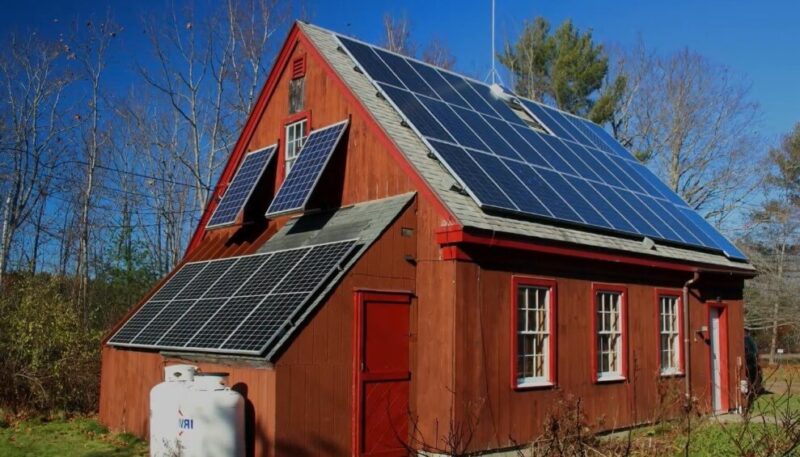Imagine living in a world where we power our homes, businesses, and cities with clean, endless energy. This isn’t some distant dream – it’s happening right now thanks to active solar energy. Unlike old-school energy sources that burn fossil fuels, active solar energy uses the sun’s power to create electricity and heat.
Let’s explore how this technology works and why it’s becoming a key part of sustainable living.
Active solar energy and its basics
Active solar energy involves using mechanical and electrical devices to convert sunlight into usable energy forms. This approach contrasts with passive solar energy, which relies on architectural design and materials to maximize the use of sunlight without mechanical systems.
Active solar systems can be divided into two main categories: solar thermal systems and photovoltaic (PV) systems.
Solar thermal systems
Solar thermal systems use the sun’s heat to produce thermal energy, which can be used for heating water, air, or other fluids. These systems typically consist of solar collectors, a heat transfer fluid, and storage systems. Let’s break down the components:
- Solar collectors: These are devices that absorb sunlight and convert it into heat. There are various types, including flat-plate collectors, evacuated tube collectors, and concentrated solar power (CSP) systems.
- Heat transfer fluid: This fluid, often water or a glycol mixture, circulates through the collectors, absorbing the heat and transferring it to a storage system.
- Storage systems: These systems store the heat for later use. Thermal storage can be as simple as an insulated water tank or more complex, like molten salt systems used in CSP plants.
Photovoltaic (PV) systems
PV systems convert sunlight directly into electricity using solar cells made of semiconductor materials like silicon. When sunlight hits these cells, it knocks electrons loose, creating an electric current. Here are the key components:
- Solar panels: Arrays of solar cells that capture sunlight and generate direct current (DC) electricity.
- Inverters: Devices that convert DC electricity from the solar panels into alternating current (AC) electricity, which is what most homes and businesses use.
- Batteries and storage: Optional components that store excess electricity for use when the sun isn’t shining, ensuring a steady energy supply.
How active solar energy works
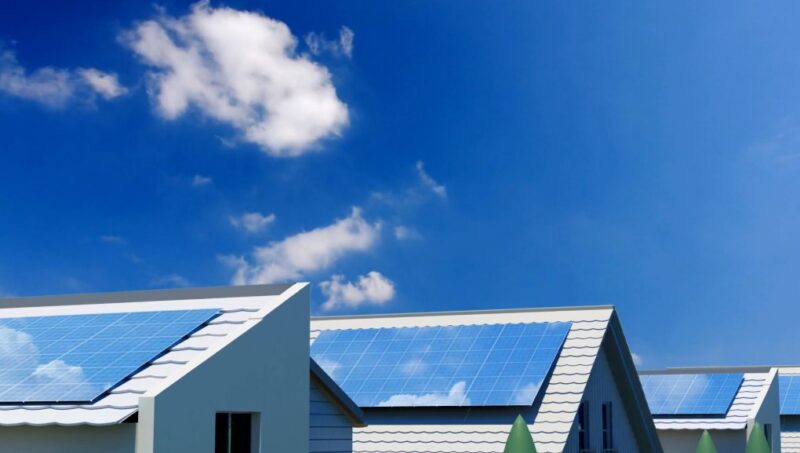
To understand how active solar energy works, let’s take a closer look at the processes involved in solar thermal and PV systems.
Solar thermal process
Collection
Solar collectors capture sunlight and convert it into heat. For instance, flat-plate collectors have a dark absorber plate that heats up when exposed to sunlight. This heat is then transferred to the heat transfer fluid circulating through tubes attached to the absorber plate.
The efficiency of this process depends on the design of the collector and the materials used. Some advanced collectors use selective coatings that absorb more sunlight and reduce heat loss. Proper orientation and tilt of the collectors are also crucial to maximize sun exposure.
Heat transfer
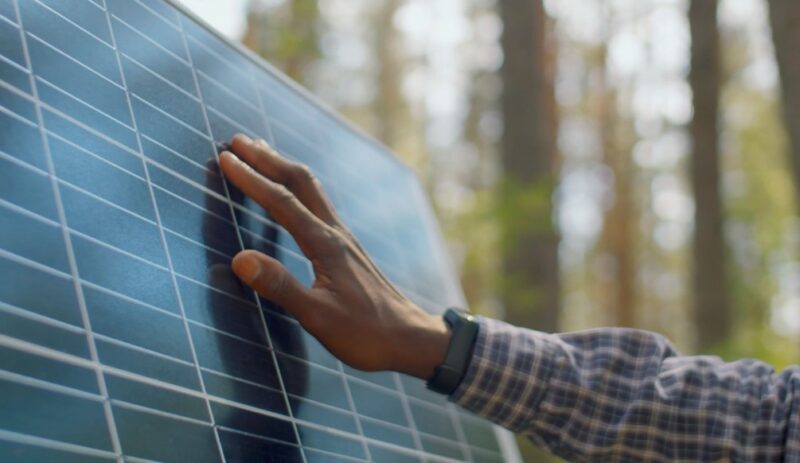
The heat transfer fluid absorbs this thermal energy as it circulates through the collectors. The heated fluid then flows through a heat exchanger, transferring the heat to water or air for use in heating systems. The efficiency of heat transfer can be affected by the flow rate of the fluid and the design of the heat exchanger.
Storage and use
The heated fluid is stored in a thermal storage system or used immediately. For example, in a solar water heating system, the heated water can be stored in an insulated tank for later use. This allows for a constant supply of hot water, even during periods of low sunlight.
In more advanced systems, excess heat can be stored in materials like molten salts, which retain heat for extended periods. This stored heat can then be used to generate electricity or provide heating during cloudy days or nighttime.
Photovoltaic process
- Sunlight absorption: Solar panels absorb sunlight, causing electrons in the semiconductor material to move, generating an electric current.
- Electricity generation: This current flows through the solar cells and combines to produce DC electricity.
- Conversion to AC: Inverters convert the DC electricity to AC, making it compatible with the electrical grid or home use.
- Storage: Excess electricity can be stored in batteries or fed back into the grid, often earning credits through net metering programs.
Benefits of active solar energy
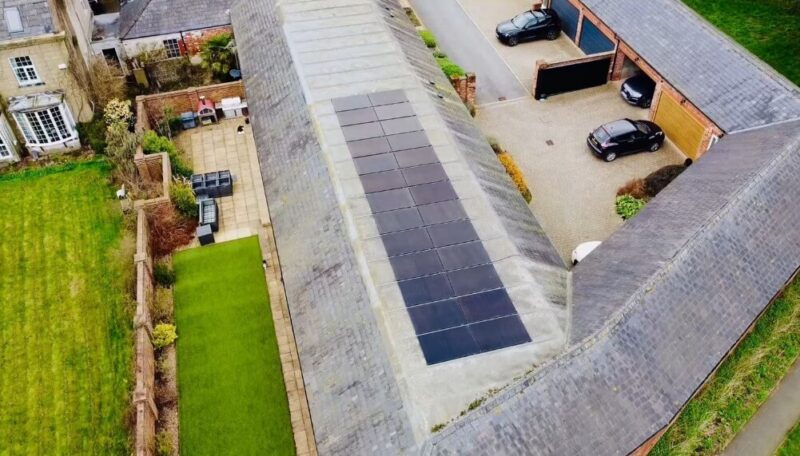
Active solar energy offers numerous benefits that make it an attractive option for both residential and commercial applications.
Environmental impact
Active solar energy systems produce no greenhouse gas emissions during operation, making them a clean and sustainable energy source. By reducing reliance on fossil fuels, they help combat climate change and reduce air pollution.
Energy independence
By generating their electricity, individuals and businesses can reduce dependence on the grid and fossil fuel-based power sources. This energy independence enhances resilience and security, especially in areas prone to power outages.
Cost savings
While the initial investment in solar technology can be significant, the long-term savings are substantial. Solar energy systems can significantly reduce or even eliminate electricity bills. Additionally, many governments offer incentives and tax credits to offset installation costs.
Scalability and flexibility
Active solar systems are highly scalable, and suitable for small residential setups to large commercial installations. They can be tailored to meet specific energy needs and expanded as those needs grow.
Potential challenges
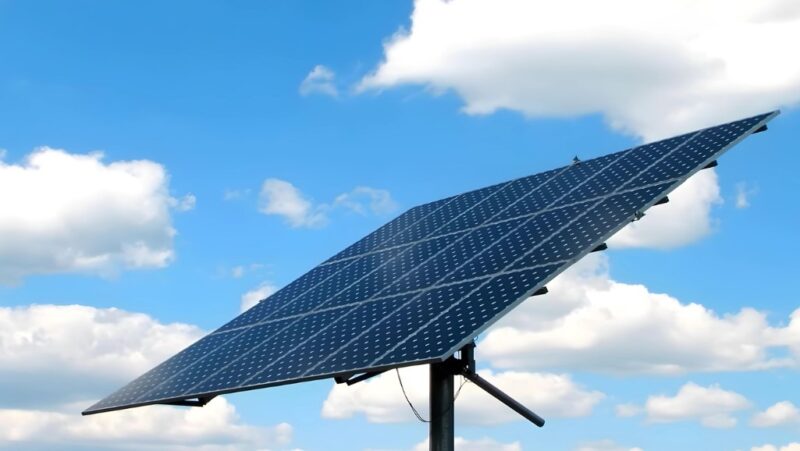
1. Initial costs
The upfront cost of purchasing and installing solar systems can be high, which is a drawback in some cases. However, this cost is often mitigated by incentives, rebates, and long-term energy savings.
2. Intermittency
Solar energy production depends on sunlight, making it intermittent. Energy storage solutions, like batteries, are essential to ensure a consistent energy supply, especially at night or during cloudy weather.
3. Space requirements
Solar panels and collectors require space for installation. This can be a limitation in densely populated urban areas or for properties with limited roof space.
4. Maintenance
Active solar systems require regular maintenance to ensure optimal performance. This includes cleaning panels, checking connections, and servicing mechanical components.
In summary
Active solar energy isn’t just for scientists and engineers; it’s something we can all use in our daily lives. By using the sun’s power, we can cut down on fossil fuels, reduce greenhouse gases, and become more energy independent. As technology gets better and prices drop, solar energy will become even more important in our lives.

